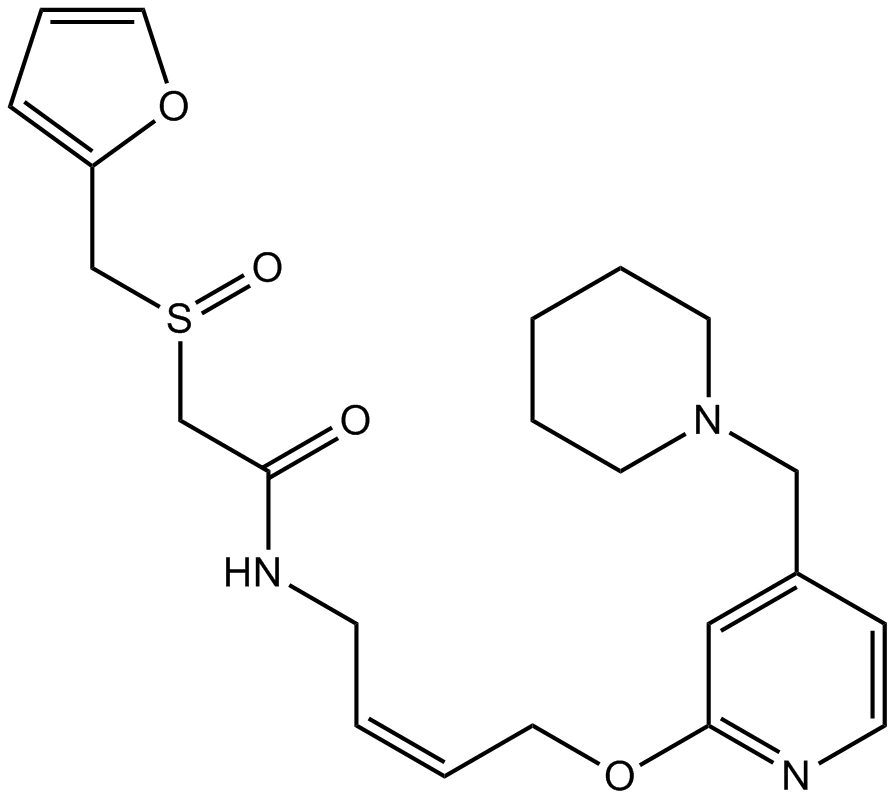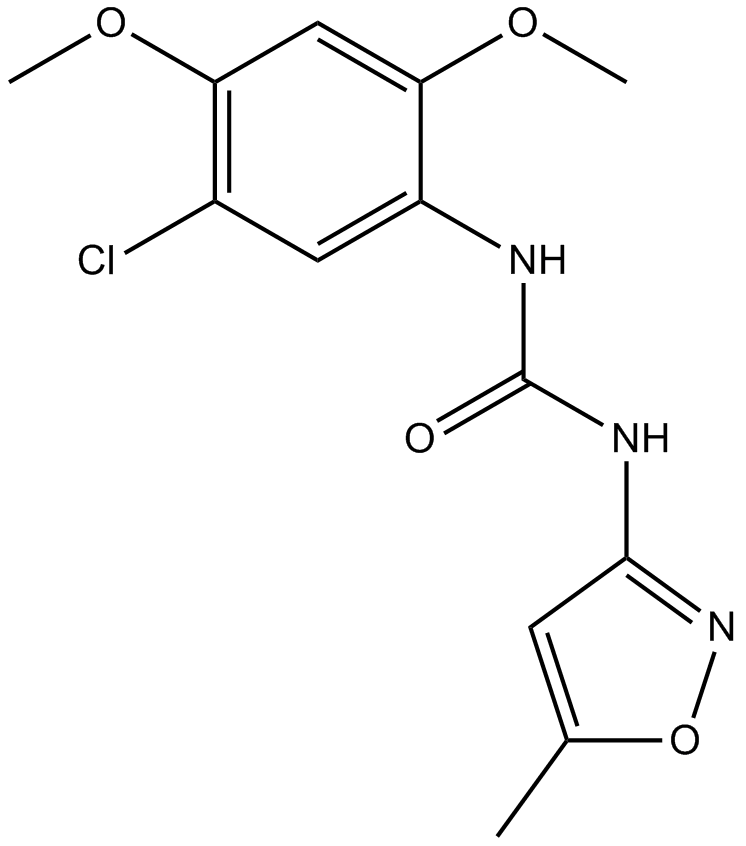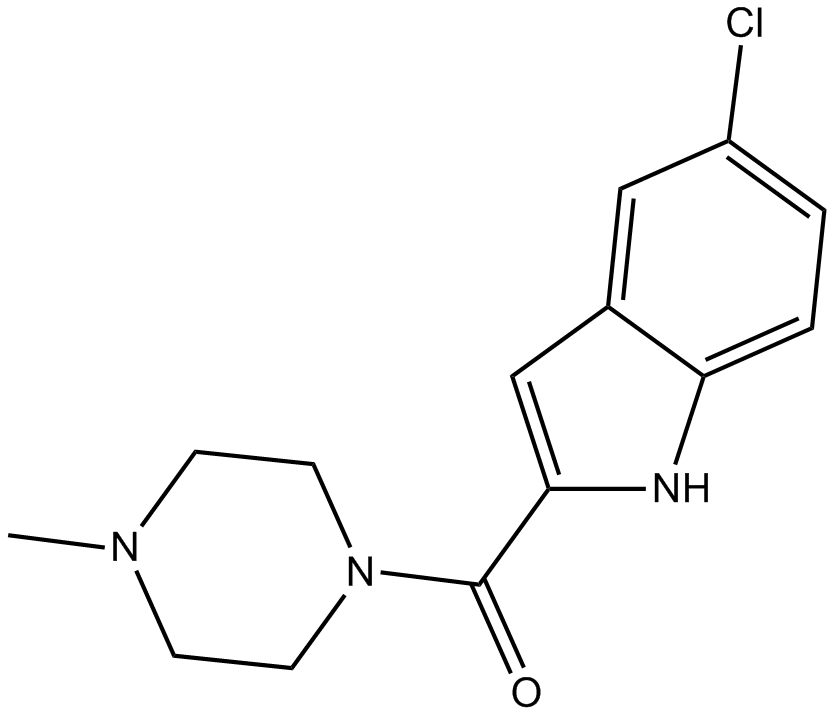Neuroscience

Neurotransmitter receptors function via various G-protein coupled and G-protein independent mechanisms that activate downstream intracellular signaling pathways such as cAMP/PKA, PI3K/AKT, phospholipase A2, and phospholipase C pathways. For instance, dopamine receptors act through adenylate cyclase to activate PKA and other signaling molecules, thereby mediate gene expression through the actions of CREB and other transcription factors. Other neurotransmitters such as NMDAR or AMPAR are associated with ion channels that control flux of Ca2+ and Na+, thus propagating the action potential across the post-synaptic neuron.
Dysfunctions in GABAergic/glutamatergic/serotonergic/dopaminergic pathways result in a broad range of neurological disorders such as chronic pain, neurodegenerative diseases, and insomnia, as well as mental disorders including schizophrenia, bipolar disorder, depression, and addiction.
-
 B1575 LafutidineSummary: Histamine H2-receptor antagonist
B1575 LafutidineSummary: Histamine H2-receptor antagonist -
 B1616 Trospium chlorideTarget: AChRSummary: Antimuscarinic agent
B1616 Trospium chlorideTarget: AChRSummary: Antimuscarinic agent -
 B3409 KetorolacSummary: non-selective COX inhibitor
B3409 KetorolacSummary: non-selective COX inhibitor -
 B6259 (RS)-3-HydroxyphenylglycineSummary: PI-linked metabotropic glutamate receptors agonist
B6259 (RS)-3-HydroxyphenylglycineSummary: PI-linked metabotropic glutamate receptors agonist -
 B7243 NS 1738Summary: positive allosteric modulator of α7 nicotinic acetylcholine receptor
B7243 NS 1738Summary: positive allosteric modulator of α7 nicotinic acetylcholine receptor -
 B5795 PAOPASummary: dopamine D2 receptor modulator
B5795 PAOPASummary: dopamine D2 receptor modulator -
 A8384 BlonanserinSummary: Atypical antipsychotic
A8384 BlonanserinSummary: Atypical antipsychotic -
 B1615 PNU-120596Summary: α7 nAChR modulator,positive allosteric
B1615 PNU-120596Summary: α7 nAChR modulator,positive allosteric -
 B2044 SulindacSummary: Anti-inflammatory agent;COX inhibitor
B2044 SulindacSummary: Anti-inflammatory agent;COX inhibitor -
 B1574 JNJ-7777120Target: Histamine H4 ReceptorsSummary: Histamine H4 receptor antagonist
B1574 JNJ-7777120Target: Histamine H4 ReceptorsSummary: Histamine H4 receptor antagonist

